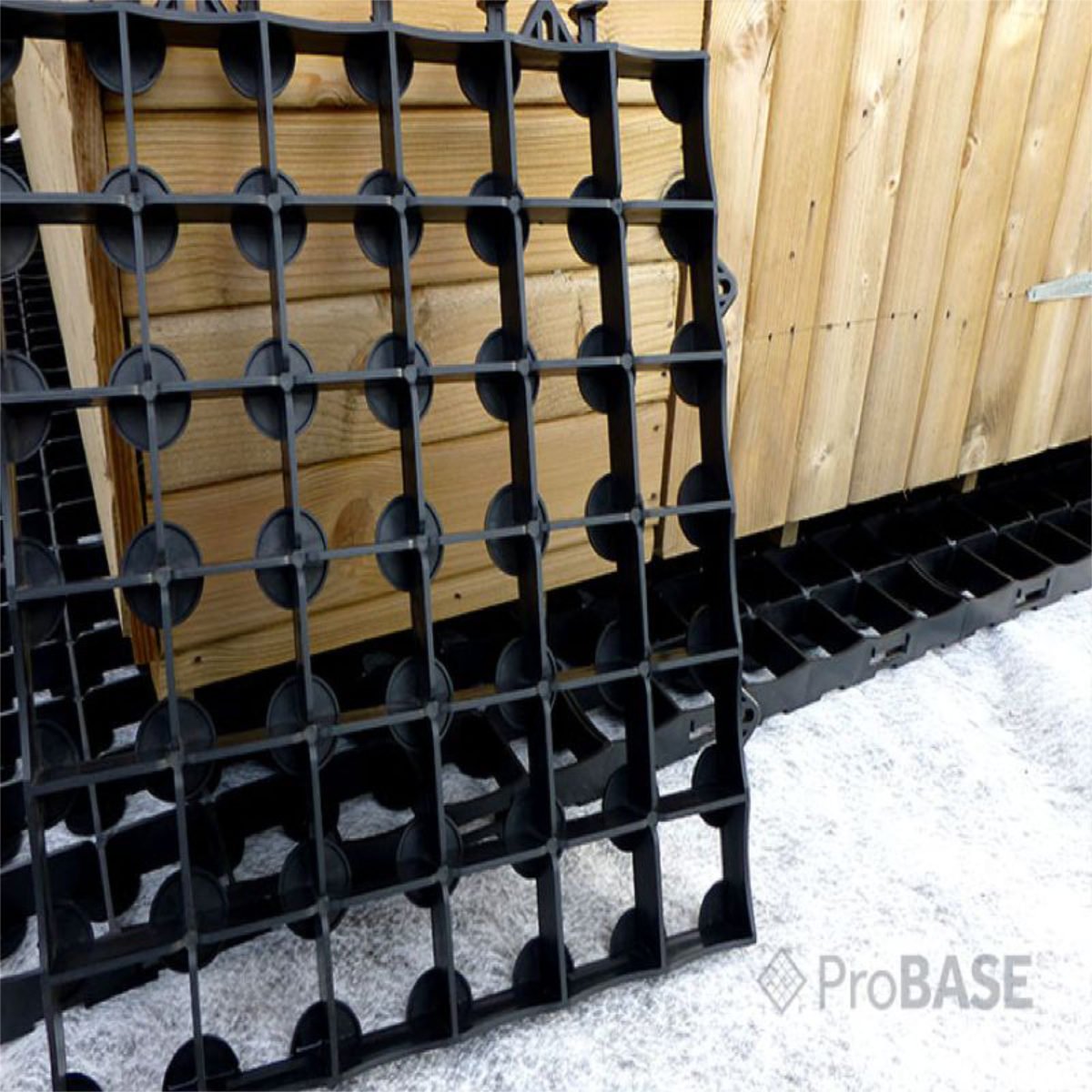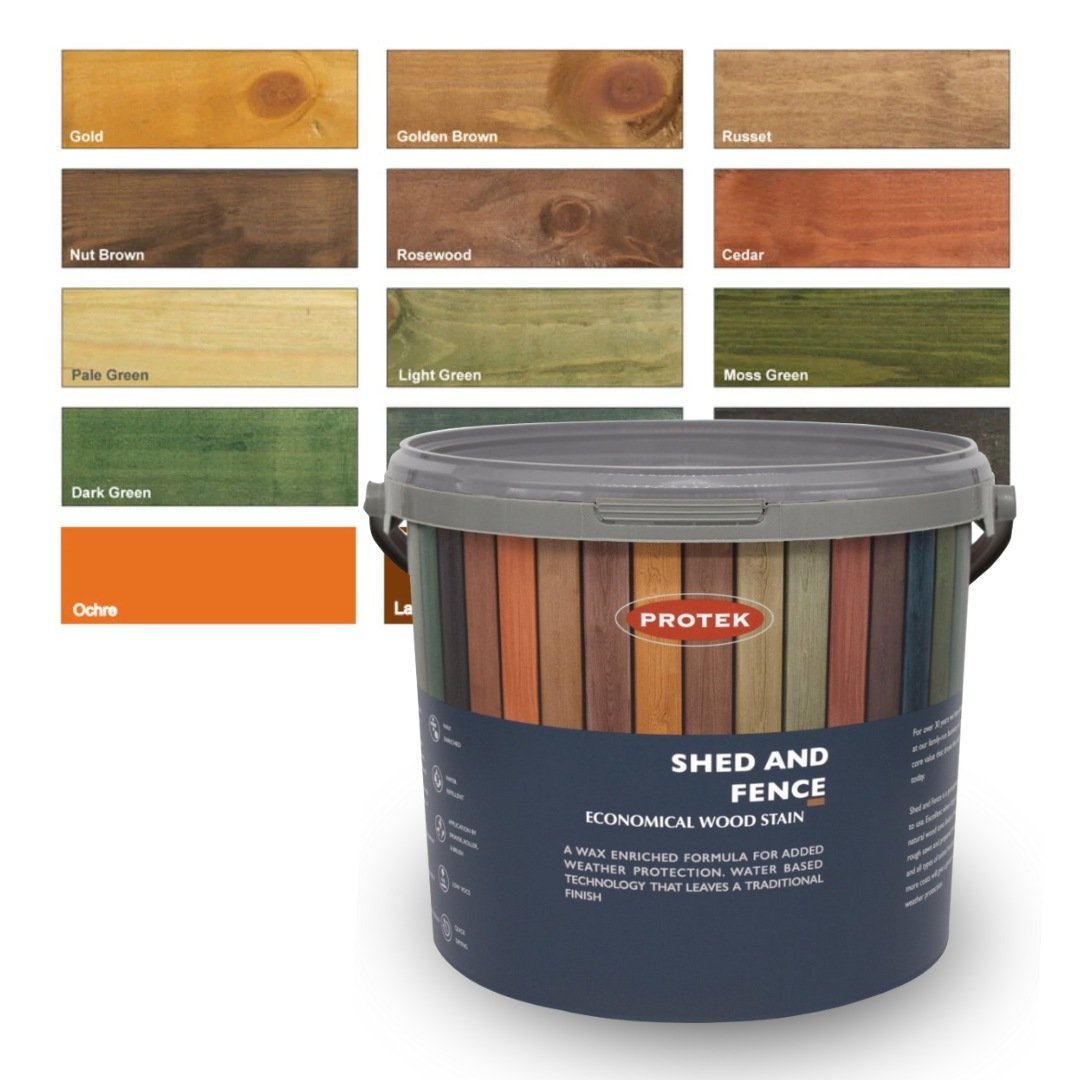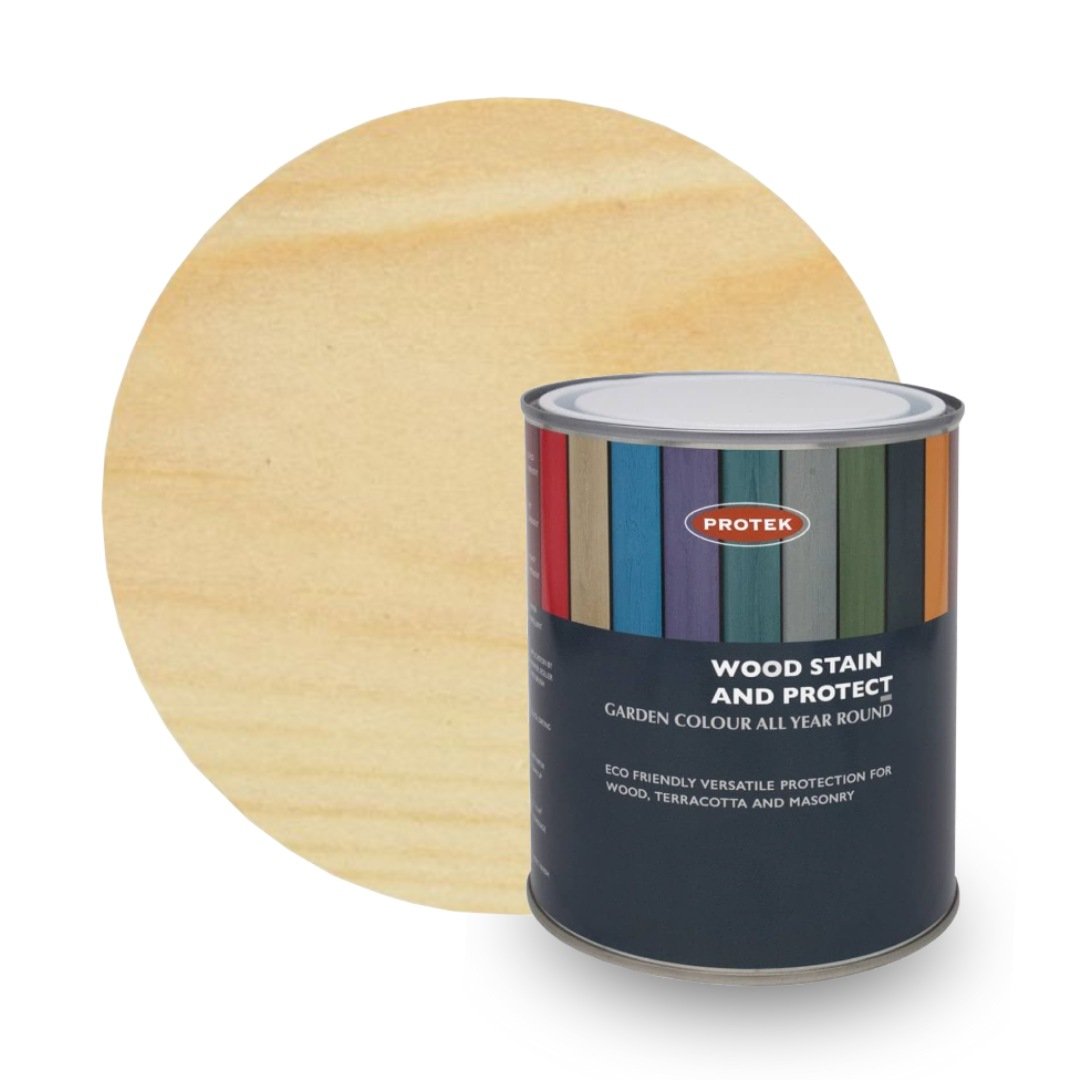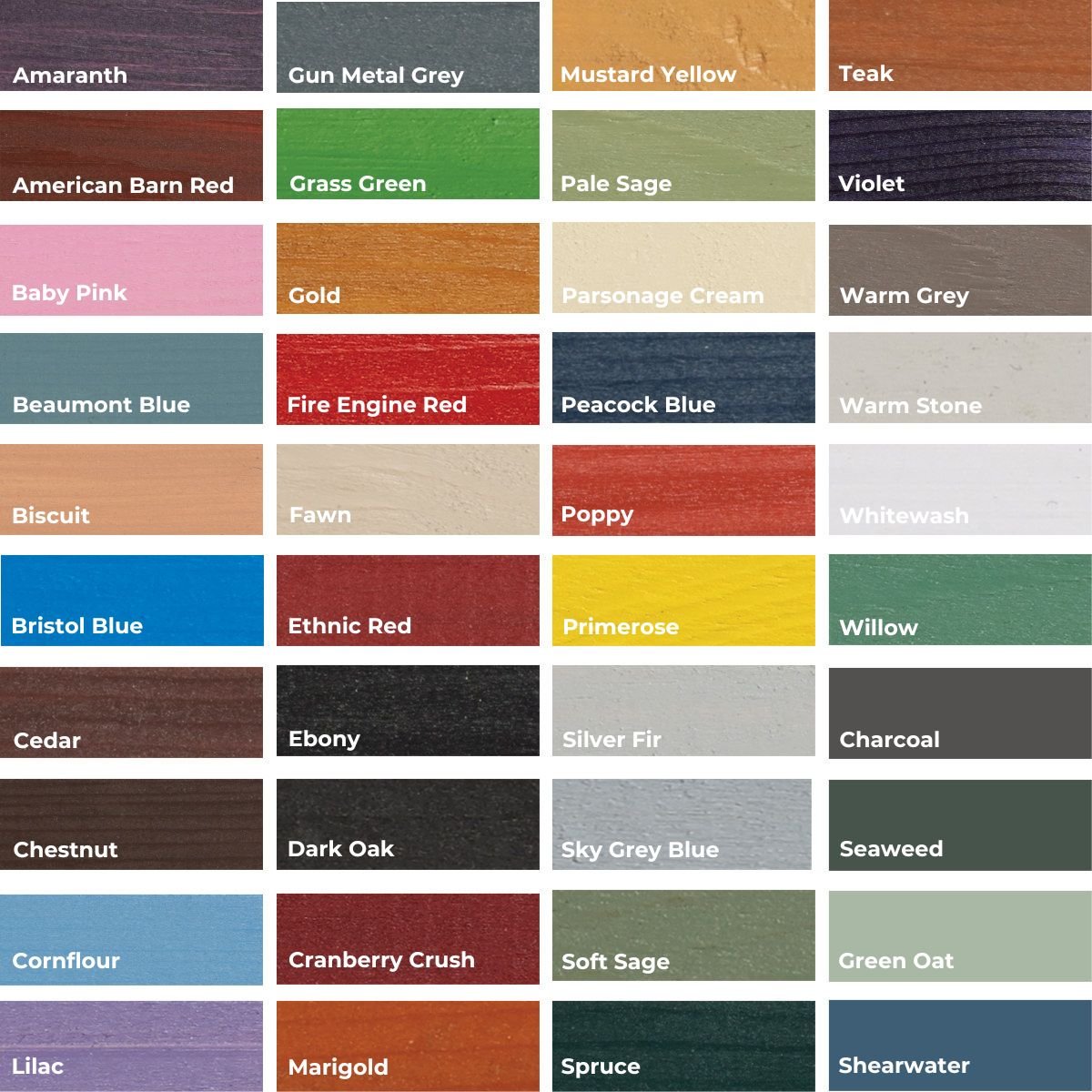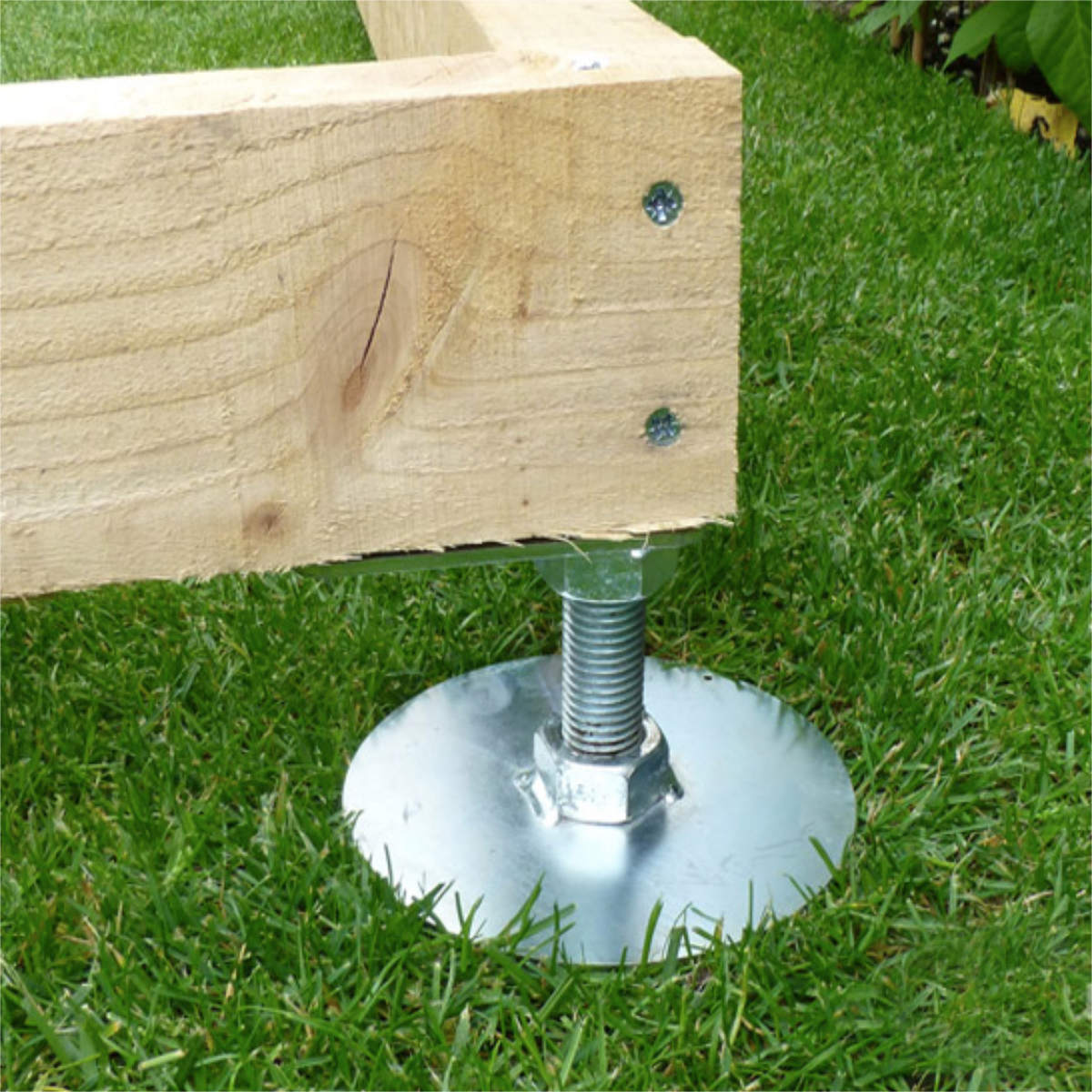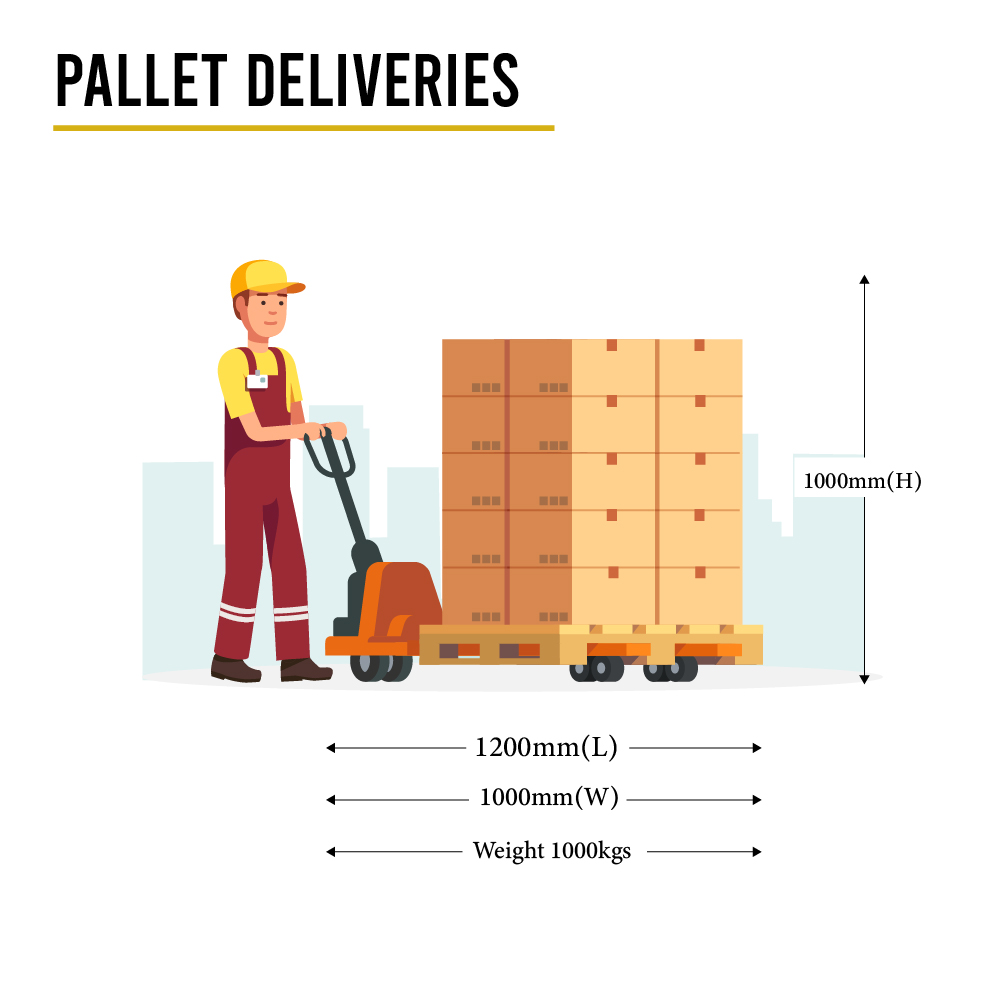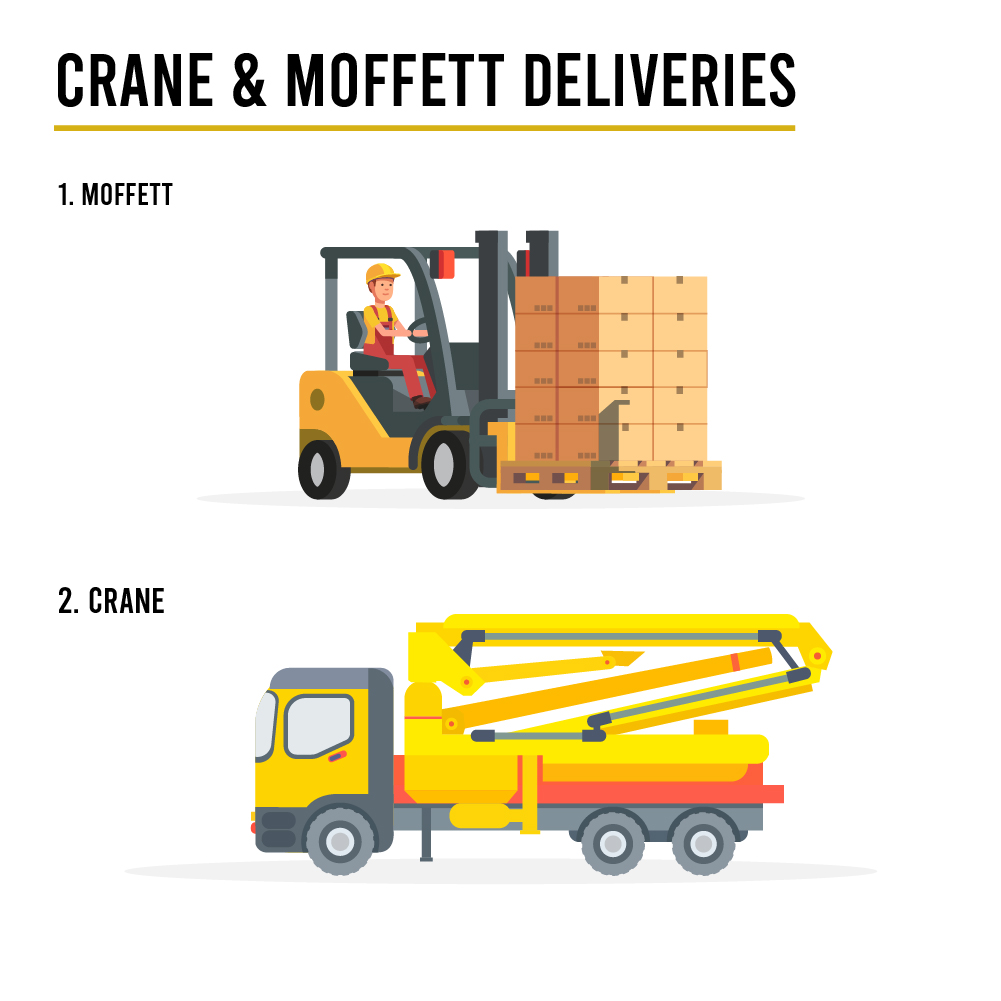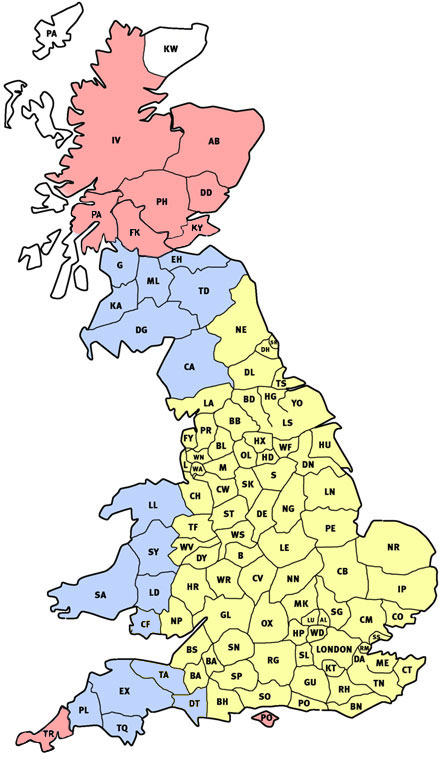Mercia Log Cabin
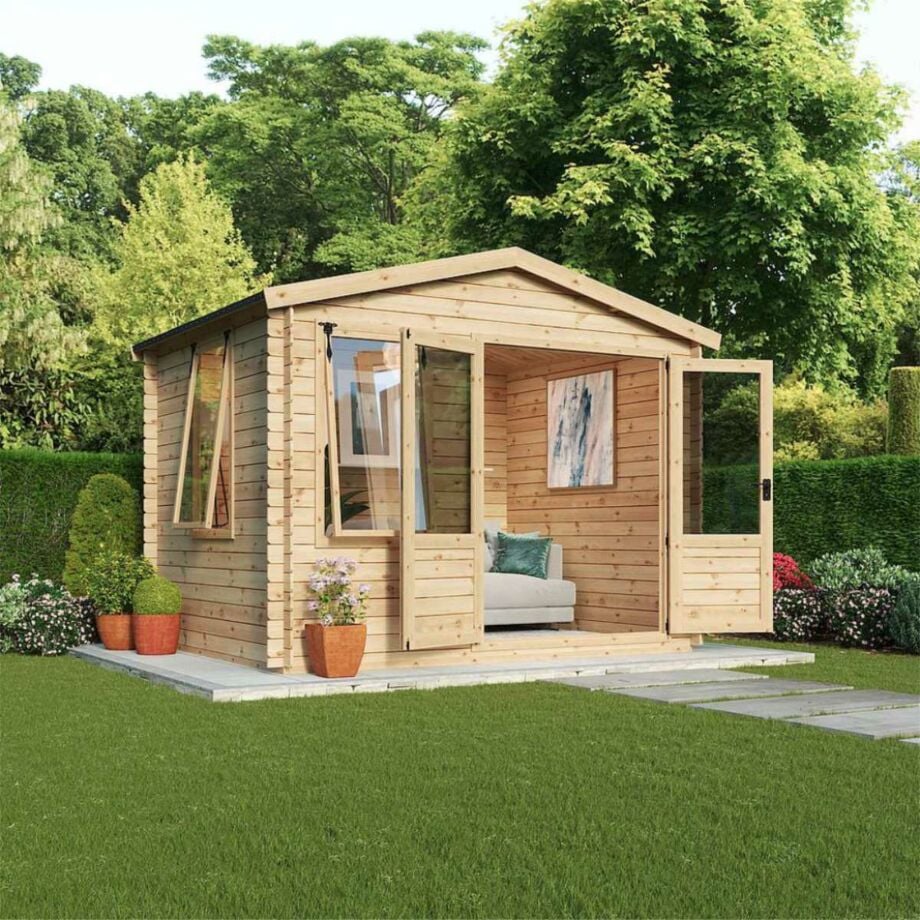
Complete your project...
Starting at £7.00
Starting at £120.00
Product Description
The Log Cabin offers an additional living space for your property. It's designed for diverse uses, and its straightforward architecture allows for optimal space utilisation, making it the ideal spot for relaxation. It's the perfect option for those who desire a simple, functional space rather than the largest or most costly alternative. The interior is open plan, giving you the freedom to customise the layout to your preferences. The inclusion of SAN styrene glazed opening windows and double doors ensures the interior is well-lit and inviting. SAN styrene combines the aesthetic of traditional glass with safety and shatter-resistance.
Constructed from high-grade Baltic pine sourced responsibly, the cabin's walls feature 19mm interlocking tongue and groove boards for a durable, weatherproof exterior. The roof and floor are built with 12mm boards for a solid, enduring foundation suitable for regular use.
The cabin includes wide double doors for easy access, complete with a standard lock and key for security. Inside, the tall apex roof offers ample vertical space, which is convenient for adding tall furniture or lighting fixtures. The package includes superior roofing felt to shield against weather damage.
The Log Cabin is shipped as separate tongue and groove planks and requires a top-tier wood treatment post-assembly. It should be built on a flat, sturdy base like concrete. Made in the UK, it features timber that is sustainably sourced and regulated.
- Interlocking Log Construction
- Interlocking Tongue and Groove Roof and floor
- Shatterproof Styrene Windows
- Supplied with a lock and key
- 10 Year Anti-Rot Guarantee - terms apply
2.6m x 3.3m Dimensions:
Ridge Height: 2640mm
Eaves Height: 2210mm
Width: 3450mm
Depth: 2630mm
Door Width: 1490mm
Door Height: 1890mm
Internal Width: 3070mm
Floor Depth: 2410mm
Internal Depth: 2370mm
Floor Width: 3100mm
3.3m x 3m Dimensions:
Ridge Height: 2640mm
Eaves Height: 2210mm
Width: 3450mm
Depth: 3020mm
Door Width: 1490mm
Door Height: 1890mm
Internal Width: 3070mm
Floor Depth: 2800mm
Internal Depth: 2770mm
Floor Width: 3100mm
Brand Information
Mercia is a Nottinghamshire based garden building manufacturer, dealing in a range of quality timber sheds, summerhouses, green houses, award winning playhouses, log cabins, and fencing to suit every garden and every budget. Their range of products are all manufactured on a 20 acre site with over 150 dedicated staff. A combination of quality British manufacturing, excellent customer service support and superb management has provided a solid reputation. Mercia process approximatly 300,000 orders a year, 80% of these are home delivered.
Material Information
Wood Description:
Wood is a good option for garden features and buildings due to its aesthetic appeal, durability, sustainability, versatility, and cost-effectiveness. By choosing the right type of wood for your needs and taking proper care of it, you can create beautiful and long-lasting garden structures that enhance the beauty and functionality of your outdoor space.
Wood is a good option in the garden for several reasons:
Aesthetic appeal: Wood is a natural and attractive material that adds warmth and character to garden features and structures.
Durability: Many types of wood are naturally resistant to rot, decay, and insect damage, making them a long-lasting option for outdoor use.
Sustainability: Wood is a renewable resource that can be sustainably harvested and grown, making it an environmentally friendly option for garden features and structures.
Versatility: Wood can be easily cut and shaped to create a wide range of garden features and structures, from simple garden beds to complex arbours and pergolas.
Cost-effective: Many types of wood are an affordable option for garden features and structures, making them accessible to homeowners on a variety of budgets.
There are several types of wood that are commonly used in garden features and buildings, each with its own unique properties and characteristics.
Dip Treated Softwood
Softwood is a popular choice for garden features and structures such as garden sheds, fencing, and decking, due to its affordability and ease of use. Dip treating the wood with a preservative helps to extend its lifespan and prevent it from deteriorating over time.
The process of dip treating softwood involves immersing the wood in a tank or container of wood preservative. The wood is left in the solution for a period of time, typically between 10-15 minutes, to allow the preservative to fully penetrate the wood. The wood is then removed from the solution and left to dry, allowing the preservative to fully soak in. This means the exterior will be covered, but the treatment will not have penetrated deep into the wood.
Dip treated softwood is an effective way to protect wood from decay and insect damage, but it is not as durable as other types of treated wood, such as pressure-treated wood. Dip treated softwood requires regular maintenance, such as reapplying a wood preservative every few years, to ensure that it remains protected and in good condition.
Pressure Treated/Tanalised Softwood
Pressure-treated or tanalised softwood is a type of wood that has been treated with a preservative to protect it against decay, rot, and insect damage. The treatment process involves placing the wood in a pressure chamber and applying a preservative under high pressure, forcing it deep into the wood fibres. This makes the wood more resistant to moisture and insects, increasing its lifespan and making it suitable for outdoor use.
Tanalising is a specific type of pressure treatment that involves using a copper-based preservative, which gives the wood a greenish tint. The copper in the preservative helps to protect the wood against decay and insect damage, making it a popular choice for outdoor structures such as garden sheds, decking, and fencing. The colour of this treatment can sometimes be confused with mould. It is also possible for some presure treated items to be availble in brown.
Pressure-treated or tanalised softwood is a more durable and long-lasting option than untreated wood or dip-treated wood, and requires less maintenance. However, it is important to note that pressure-treated wood can be more expensive than untreated wood or dip-treated wood.
You should allow this wood to dry before applying any stain or paint for approx 2 months or more.
Hardwood
One of the advantages of hardwood is its durability and strength. It is less likely to dent or scratch, and it can withstand wear and tear better than softwood. It is more resitant to insect damage and rot. Additionally, hardwood is often considered more aesthetically pleasing than softwood due to its unique grain patterns and natural colours.
However, hardwood can be more expensive than softwood, and it may be harder to work with due to its density. Hardwoods offer more water resistance, meaning they are less likely to rot, suiting them to outdoor furniture. Hardwood benefits from annual treatments with oil and can last many decades with proper care and maintenance which makes it a great investment.
Natural Wood Characteristics:
All natural timber products are unique and will vary in markings, colour and texture, often showing distinctive markings. Sizes are nominal and may vary. Many dimensions are rounded or approximate. The product images shown are as accurate as photographic processes allow and may appear differently in accordance with lighting conditions and screen calibration in addition to the natural variation occurring between individual items. All natural timber products are unique and will vary in markings, colour and texture, often showing distinctive markings. Images may not be a true representation of a particular product size or use and may vary in line with manufactuers' changes to specification.
Wood is a natural material used in a wide range of construction projects and is known for its sturdiness, elasticity, noise reduction qualities and overall aesthetic appeal as a result of its natural characteristics. It will also swell, shrink and crack, release resins, display marrow, gnarls and graining, show inconsistent smoothness and ruggedness, release salts and exhibit pinholes and fungi/ mould.
All of these characteristics are expected with wood and can be explained as follows. Swelling, shrinkage and cracking is caused by the humidity in the atmosphere altering the volume of the wood. Resins escape from the wood usually in the first year following manufacturing. They fall off naturally of may be planed. Marrow, gnarls and grains are unique, natural characteristics of the tree. Rugged areas are where the natural texture of the wood differs and despite milling, cannot be removed. Salts, mould and fungi are caused by the humidity in the atmosphere and are usually a temporary phenomenon. Similary, pressure treated wood often shows markings that may appear to be mould, but are in fact a build up of the treatment applied which may be removed by hand or will gradually weather away. Pinholes are produced by small xylophagous insects. These insects were killed while processing the stem into the end product. Wood, the same as any natural material will never be 'perfect' as the beauty of the material is the variation in colour, texture and finish.
Please ensure all natural wood items are treated with a good quality wood preserver soon after installation to protect the product against weathering.

